What Makes the Yellow Pitcher Plant So Extraordinary?
Imagine a plant that doesn’t just sit around waiting for nutrients – it actively hunts them! The Sarracenia flava is nature’s ingenious predator, transforming seemingly useless bog landscapes into its personal hunting ground.
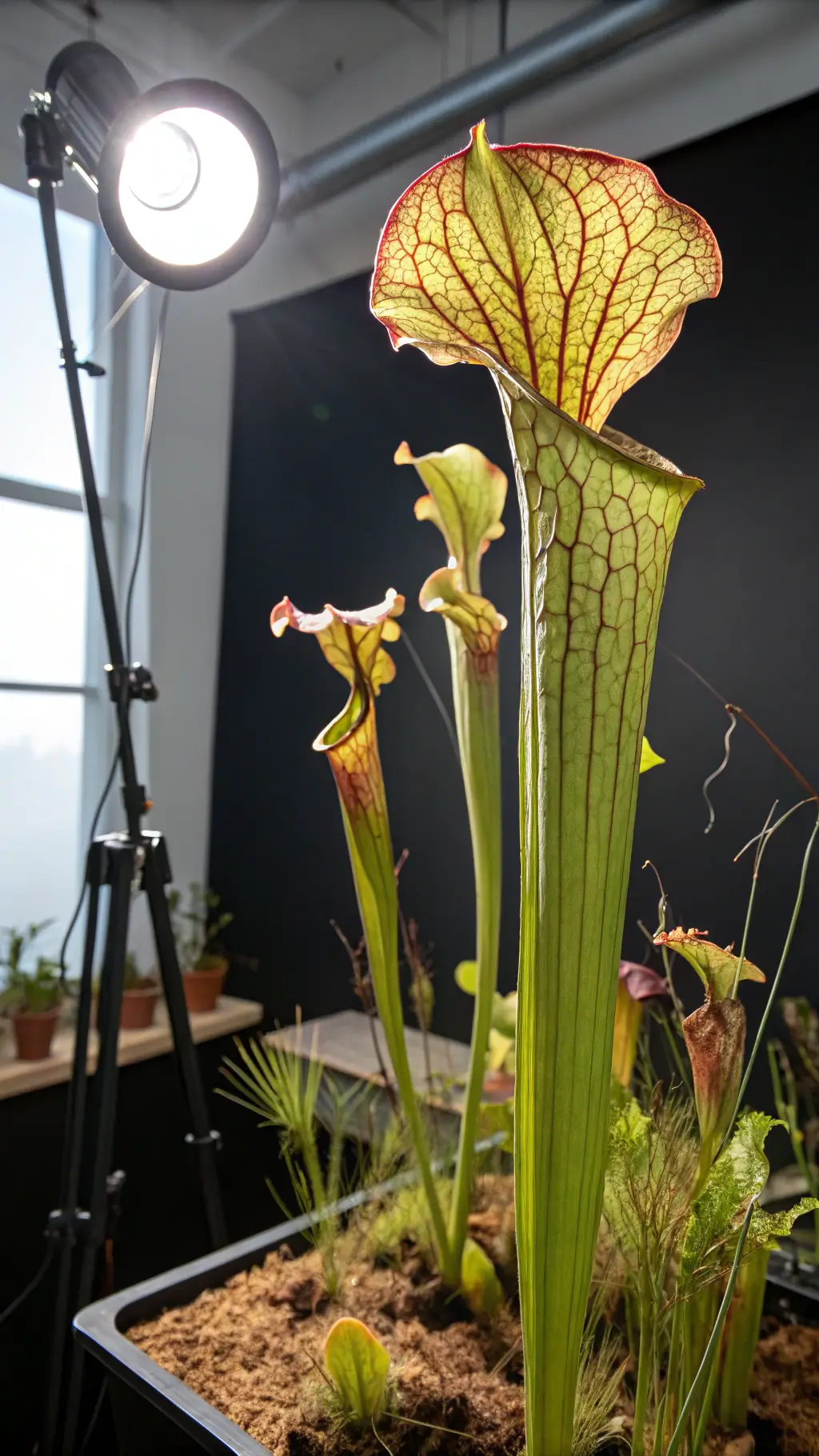
Physical Characteristics: More Than Just a Pretty Plant
Let’s break down what makes this plant a true botanical marvel:
Key Physical Features:
- Towering pitchers up to 3 feet tall
- Stunning yellow-green coloration
- Dramatic red veining on some varieties
- Large, flared mouth with a clever hood design
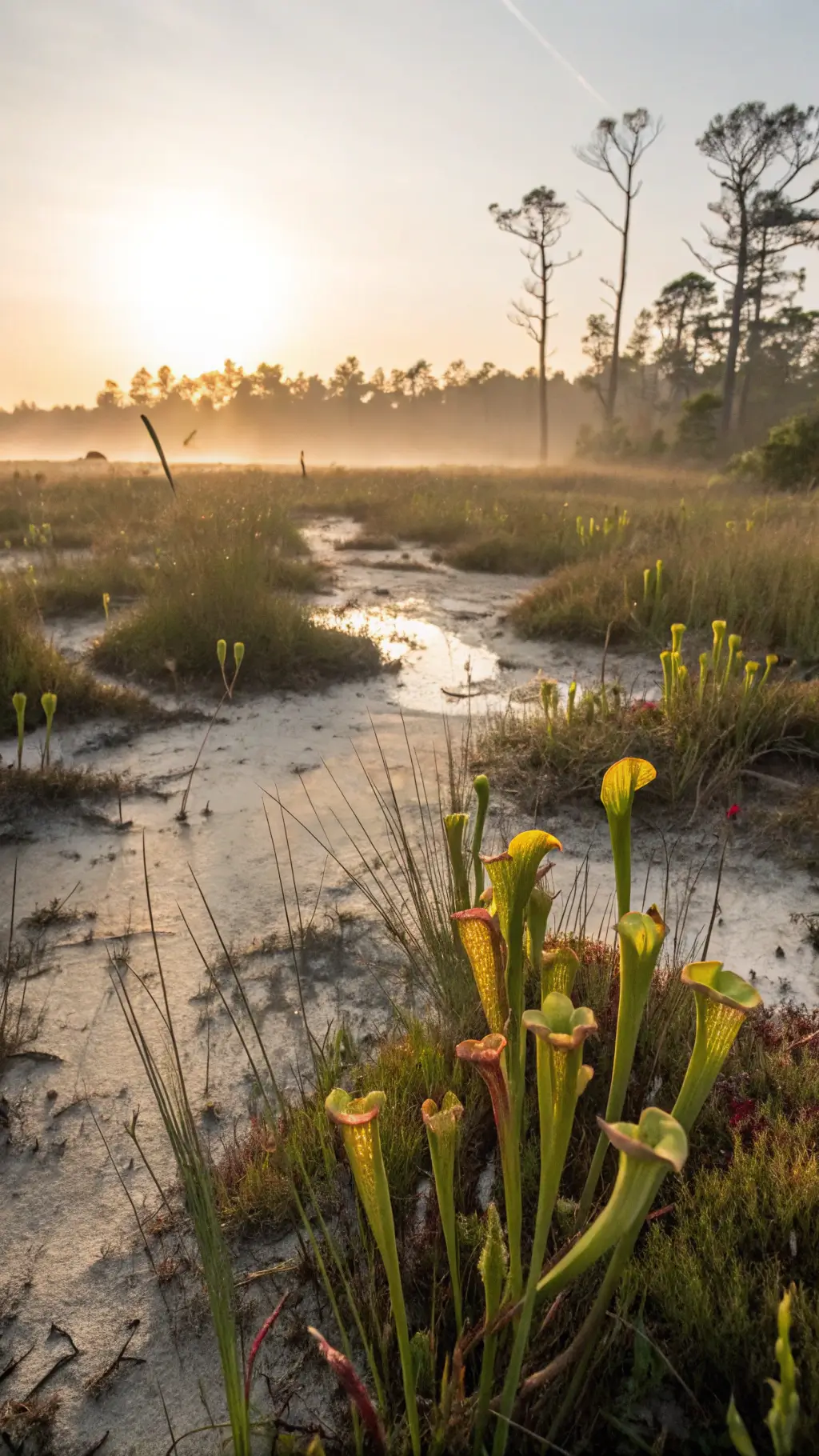
The Hunting Mechanism: How Sarracenia flava Catches Its Prey
This isn’t your average photosynthesizing plant. The yellow pitcher plant has evolved a sophisticated insect-trapping system that would make any nature documentary proud.
Carnivorous Strategies:
- Nectar-coated rim attracts unsuspecting insects
- Slippery interior walls prevent escape
- Downward-pointing hairs guide prey deeper
- Digestive enzymes at the bottom break down captured insects
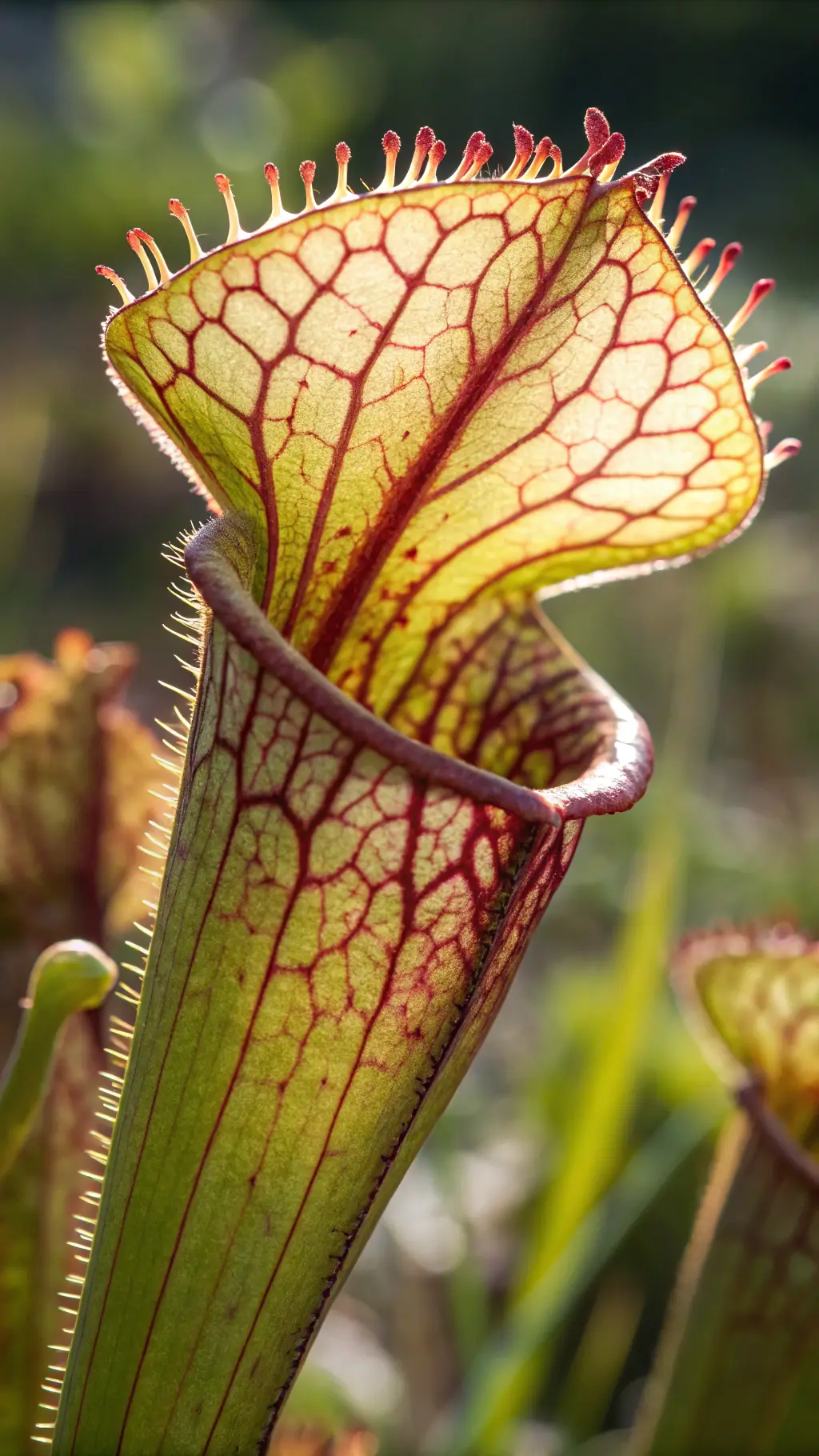
Habitat: Where Does This Botanical Hunter Thrive?
The Sarracenia flava isn’t picky but has specific environmental preferences:
Ideal Growing Conditions:
- Sandy bog environments
- Coastal plain regions
- Southeastern United States (Virginia to Alabama)
- Full sun exposure
- Consistently moist, acidic soil
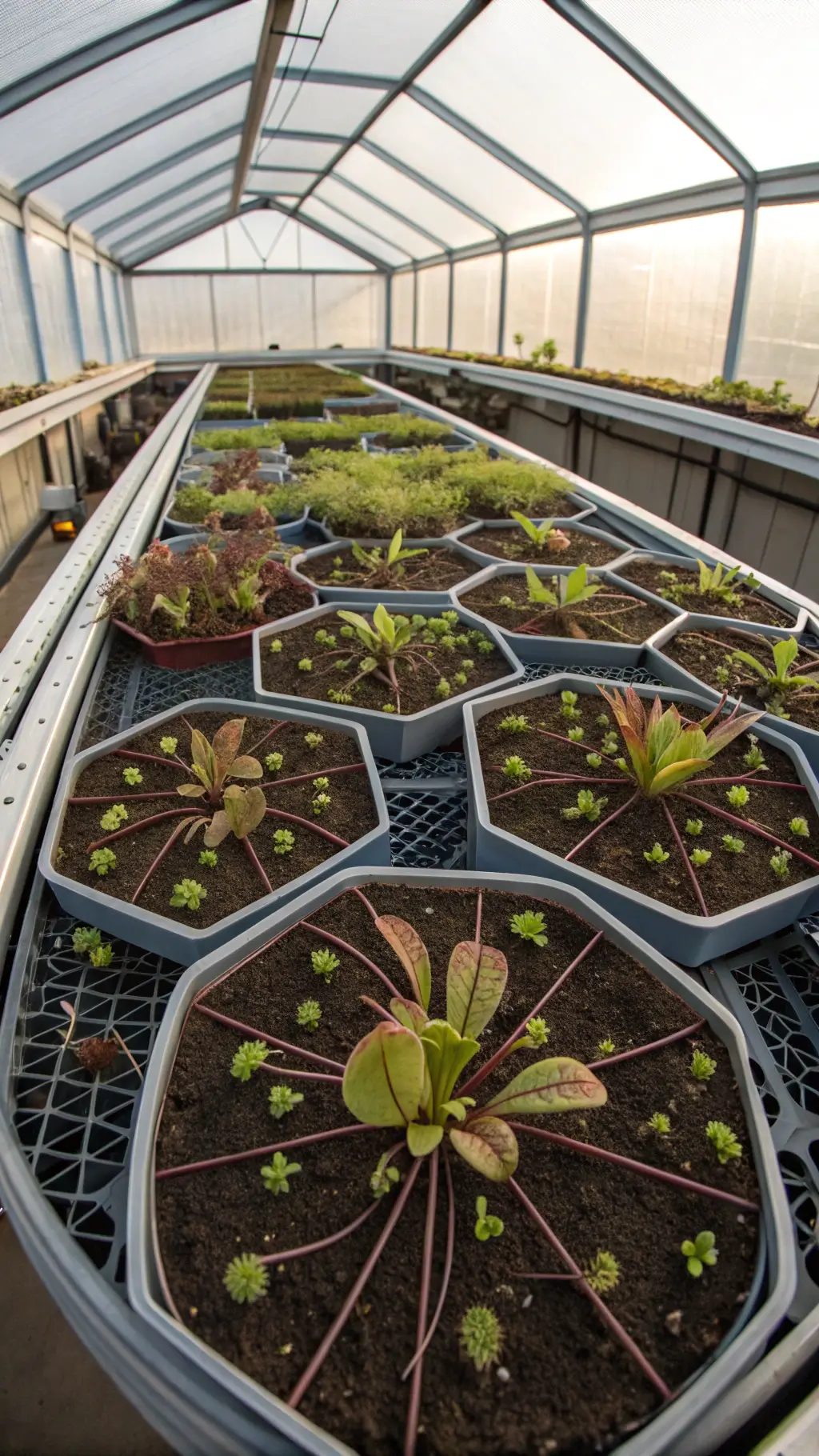
Growing Your Own Yellow Pitcher Plant: Pro Tips
Want to bring this botanical wonder into your garden? Here’s what you need to know:
Cultivation Essentials:
- Use only distilled or rainwater
- Provide constant moisture
- Ensure acidic soil conditions
- Place in full sunlight
- Expect winter dormancy
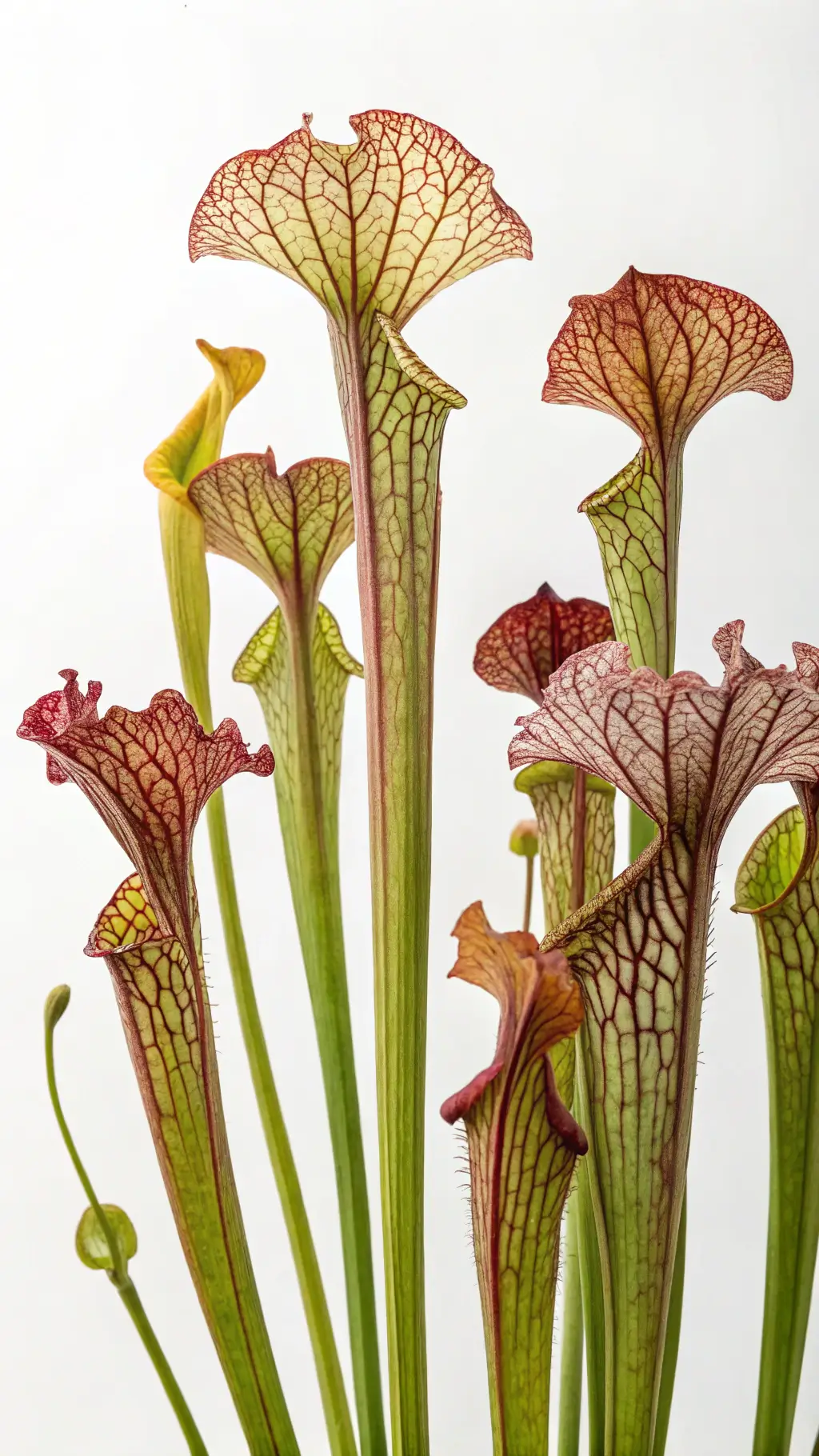
Varieties: A Spectrum of Stunning Colors
Sarracenia flava isn’t a one-size-fits-all plant. It offers multiple varieties:
- Classic yellow-green (var. flava)
- Deep red-purple (var. atropurpurea)
- Copper-toned (var. cuprea)
- Ornate patterned versions
Conservation and Ecological Importance
Beyond its stunning appearance, the yellow pitcher plant plays a crucial role in maintaining biodiversity in challenging ecosystems. By thriving in nutrient-poor environments, it demonstrates nature’s incredible adaptability.
Quick Care Guide Cheat Sheet
- 🌞 Light: Full sun
- 💧 Water: Distilled/rainwater only
- 🌡️ Temperature: Tolerates wide range
- ❄️ Winter: Goes dormant
Final Thoughts: A Plant That Defies Expectations
The Sarracenia flava isn’t just a plant – it’s a testament to nature’s creativity. By turning traditional plant survival strategies upside down, it reminds us that life finds a way, even in the most challenging conditions.
Pro Tip: If you’re considering adding this incredible plant to your collection, remember: patience and specific care are key to success!
